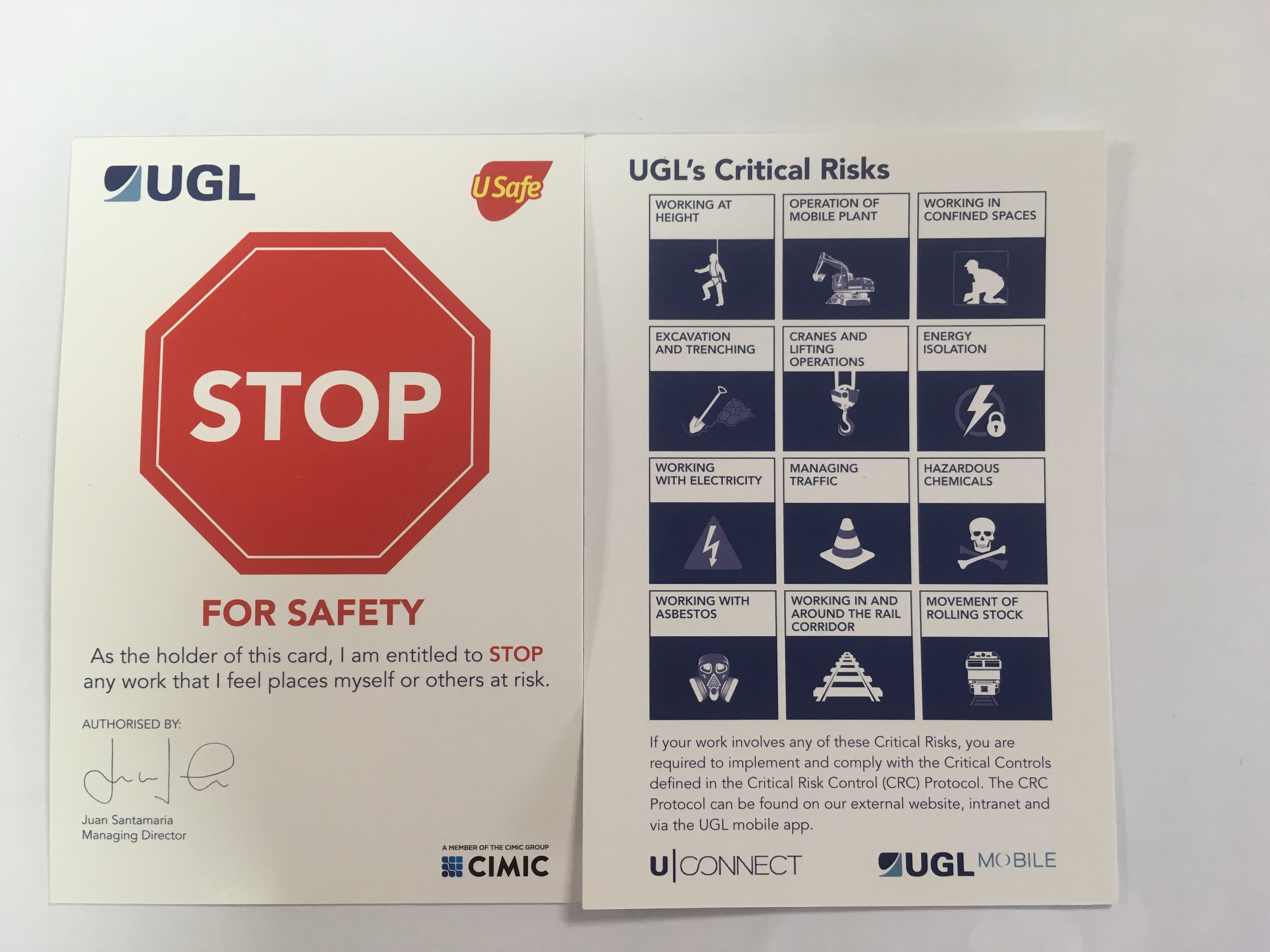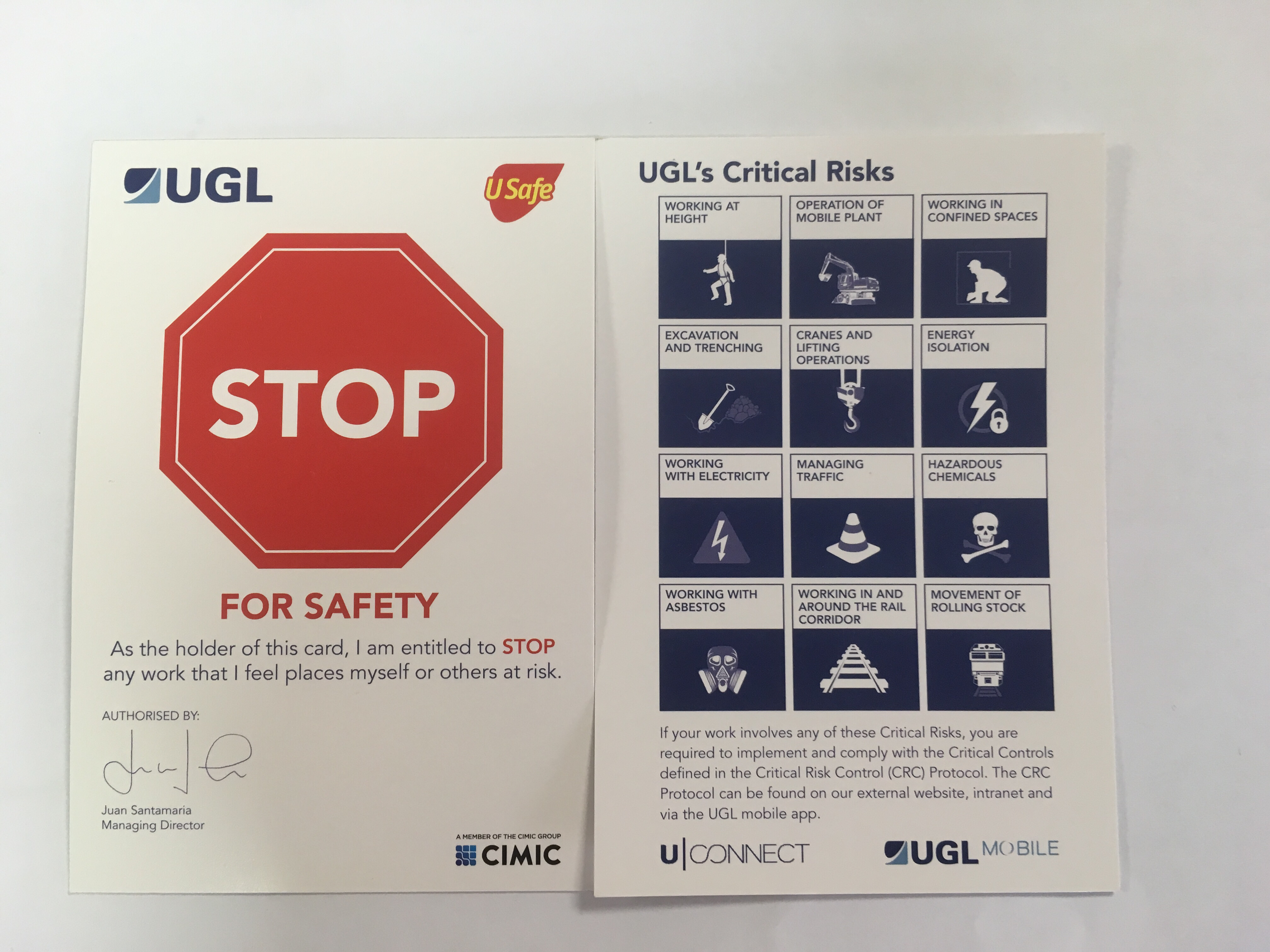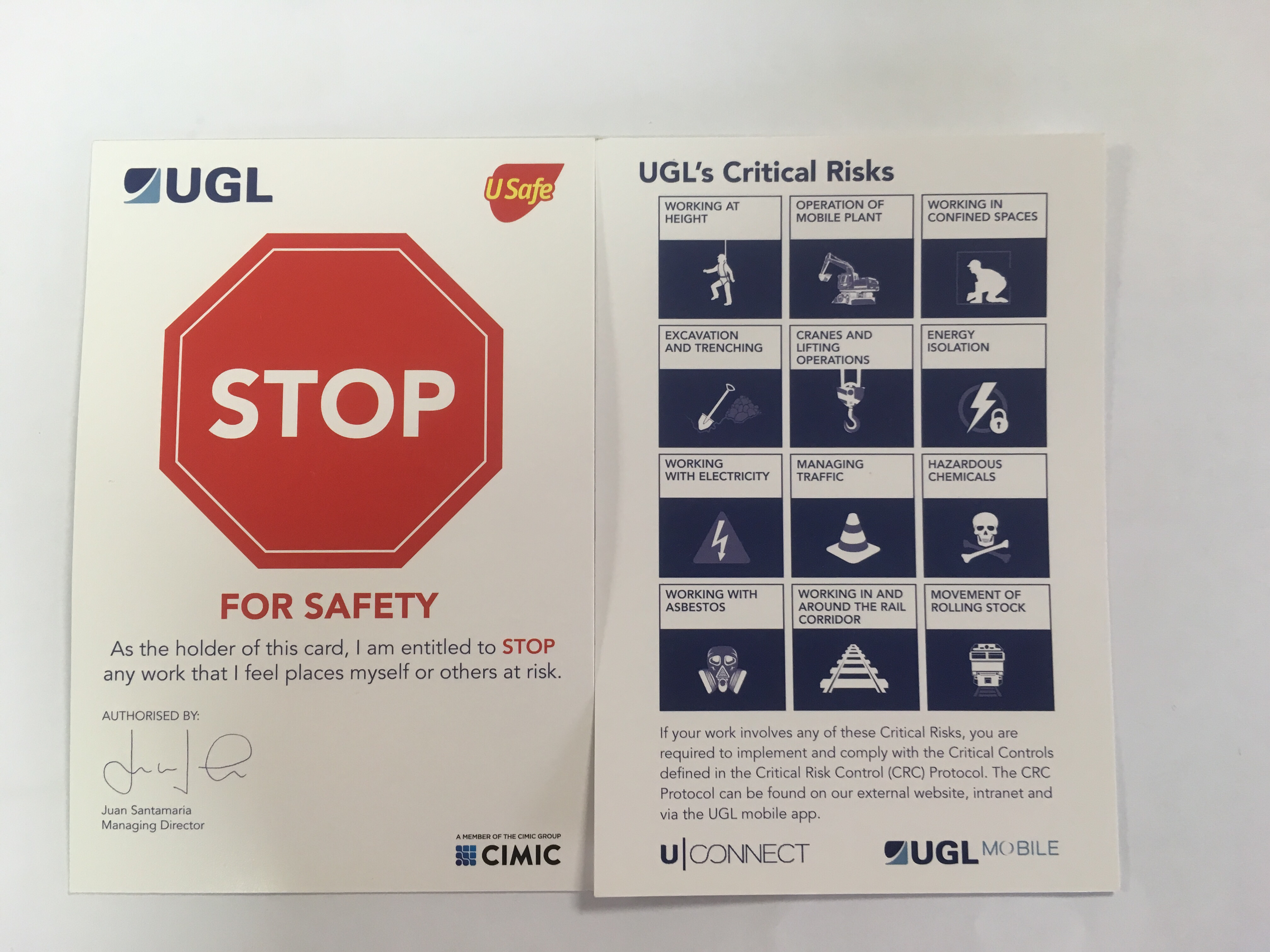Title Page
-
Document No.
-
Audit Title
-
Client / Site
-
Conducted on
-
Prepared by
-
Location
-
Personnel
-
Has the hierarchy of controls been applied to the working at heights activities; e.g. Eliminating the need to work at height where practicable, using fixed platforms such as scaffolding, edge protection, or EWPs instead of fall arrest or restraint systems? EWPs have engineering controls to prevent crush injuries to operator (secondary guarding) unless risk assessment demonstrates not reasonably not practicable. <br><br>Critical risk ref 1.1
-
Task specific SWMS/JHA developed, approved, responsibilities clear and applicable, SWMS available at work front and applicable workers have signed on.<br><br>
-
Working at height permit & rescue plan raised and approved, and available at the work front<br><br>Critical risk ref - 1.7
-
Working at heights & supervision of working at heights performed by trained and competent workers.<br><br>Critical Risk ref - 1.6
-
Exclusion zones shall be established where there is a risk of falling objects. The exclusion zone radius is based on the likely drop zone based on the height and type of material.
-
Workers that could be exposed to a dropped object understand the risks and controls to manage dropped objects risk ( demonstrated through evidence of training or consultation in SWMS/JHA development and briefing)<br><br>Critical Risk ref - 1.6
-
Tools and materials that could cause a dropped object risk are restrained to prevent dropping where practicable including: tools being tethered, use of rated buckets/bags to secure small items, chin straps for helmets. Loads that are transported by cranes or mobile plant shall be secured by a competent person.<br><br>Critical Risk ref - 1.8
-
Is the area below appropriately hard barricaded off and signage indicates workers above?<br><br>Critical Risk ref - 1.4
-
Is the area above appropriately barricaded off and sign posted workers below?<br><br>Critical Risk ref - 1.4
-
Scaffolding, walkways and temporary work structures are fitted with toe boards to minimise the risk of falling objects.<br><br>Critical Risk ref - 1.4
-
Checkit - regular housekeeping inspections are to be undertaken to identify, remove or secure dropped object risks.<br><br>Critical Risk ref - 1.5
-
Controls have been implemented in all areas where an object may fall through (I.e. Grid mesh or other protection) to minimise the risk of falling objects.<br><br>Critical a Risk ref - 1.4
-
Harnesses and lanyards - inspected prior to use by competent operators, details recorded on register<br><br>Critical Risk ref - 1.5
-
Harnesses and lanyards - lanyards incorporate a shock absorber<br><br>Critical Risk ref - 1.2
-
Harnesses and lanyards - minimum slack between worker and attachment anchorage
-
Harnesses and lanyards - fall arrest limits free fall to 1.8m
-
Harnesses and lanyards - full body (5 point) harnesses used, attached to appropriately assessed anchor points<br><br>Critical Risk ref - 1.2<br><br>
-
Where work methods esquire detaching and reattaching at height, a dual lanyard system is utilised to ensure that at least one connection point is maintained at all times (100% Hook up)<br><br>Critical Risk ref - 1.11
-
Equipment, Elevating Work Platforms & Scaffolding MUST be - fit for purpose design and inspected/approved prior to use.
-
Equipment, Elevating Work Platforms & Scaffolding MUST BE - Compliant with the applicable Australian or equivalent standard
-
Equipment, Elevating Work Platform & Scaffolding MUST be - inspected by a competent person prior to use (Scaffold inspection tags)<br><br>Critical Risk ref - 1.5
-
Equipment, Elevating Work Platforms & Scaffolding MUST be - used and maintained in accordance with manufacturers instructions, standards or design specifications.
-
Equipment, Elevating Work platforms & Scaffolding MUST be - Ongoing monitoring of work at heights controls and re-inspection/approval of changes as required
-
Ground conditions are assessed and verified as solid, stable and suitable for Elevated Work Platform (EWP) operations<br><br>Critical Risk ref - 1.3
-
Spotters are in place during EWP operations<br><br>Critical Risk ref - 1.9
-
Boom type EWPs are fitted with secondary guarding<br><br>Critical Risk ref - 1.1
-
When conducting workers interview did the operators understand all controls required for working at heights and demonstrate competency in applying them
-
When conducting visual inspection - did activities occurring involving working at heights, or risk of fall are witnessed to have been safely planned, conducted, and supervised
-
Add signature










